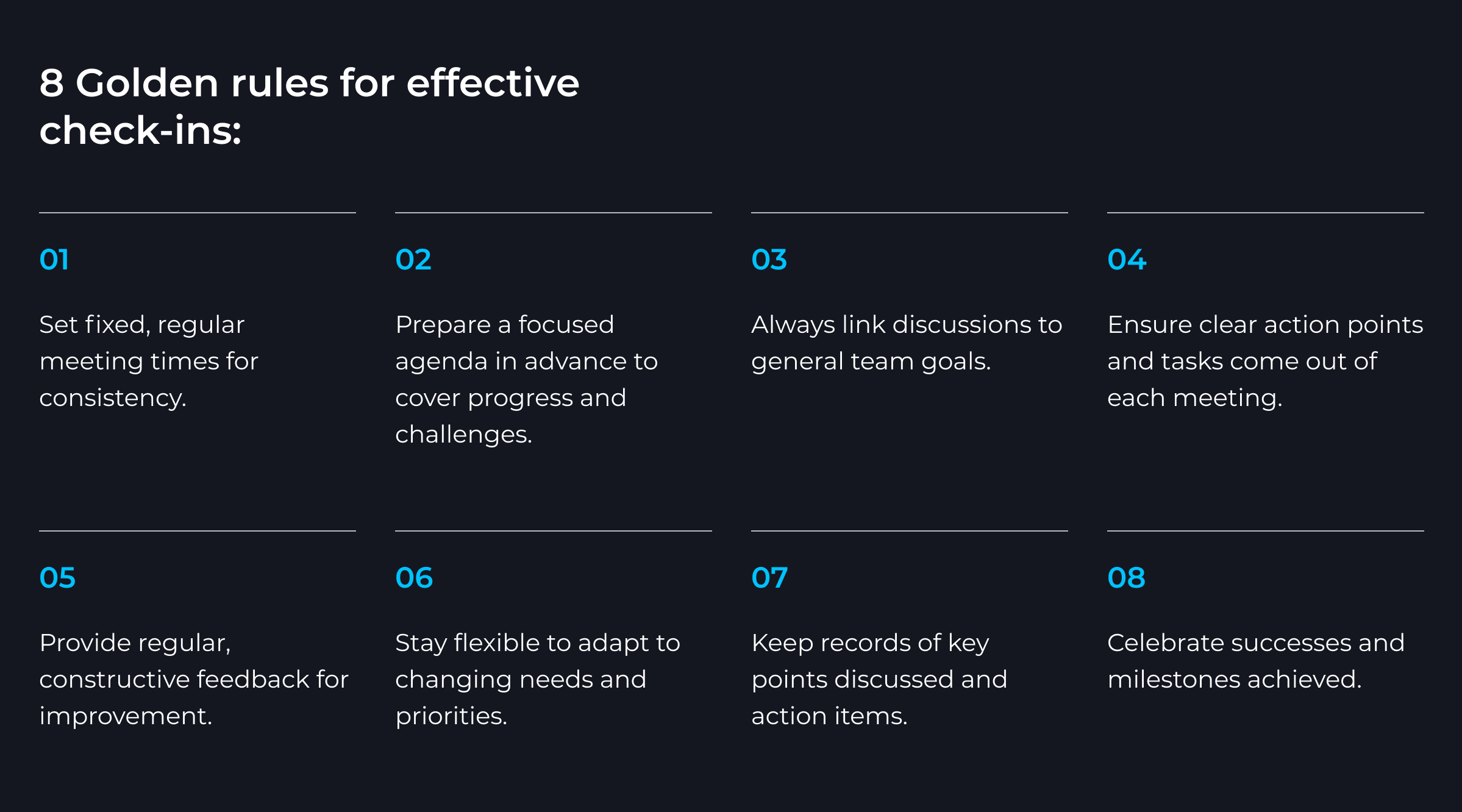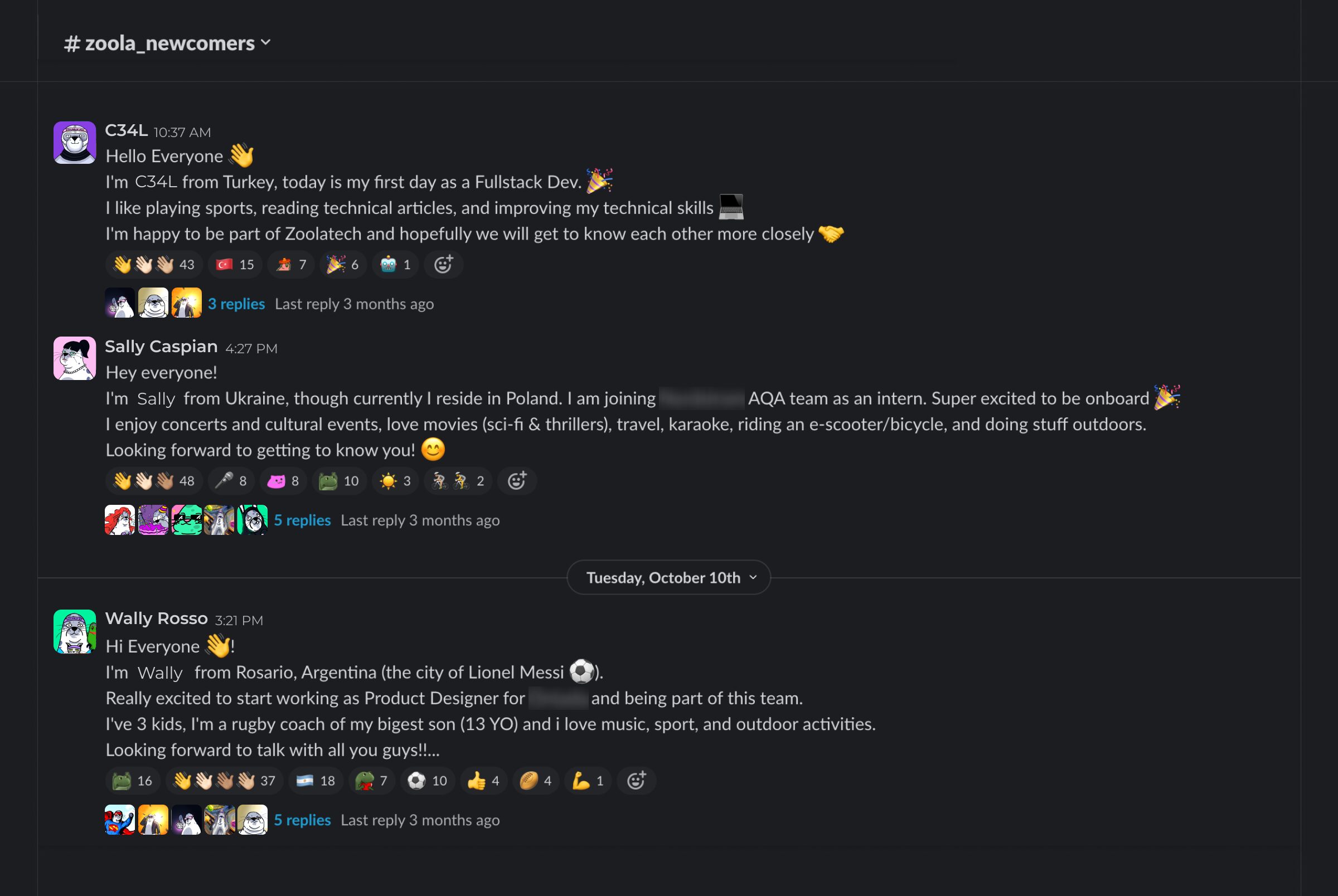Onboarding is a pivotal experience that shapes new employees’ perspectives, directly impacting their commitment and future decisions regarding their place within the company.
Initial Decision-Making:
A study by Gallup (2021) reveals that a significant majority (86%) of newcomers make a critical decision about their future at the organization within the initial months of their tenure.
Influence on Career Outlook:
Hayes Recruiting’s 2021 report highlights that 22% of respondents acknowledged the quality of induction and onboarding as influential in their contemplation to seek new job opportunities.
Long-term Retention:
Research by the Wynhurst Group underscores the enduring impact of a well-crafted onboarding program, noting that employees are 58% more likely to stay with the organization for at least three years when engaged in a structured onboarding journey.
A truly effective onboarding program is comprehensive—it’s more than just logistical setup or routine orientations.
It’s about crafting an immersive journey that warmly integrates newcomers into the company and the team from day one.
This initial phase is crucial for imparting necessary knowledge and making the new team members feel genuinely valued and integral to the company’s ethos, affirming their decision to join and setting the tone for a committed and mutually beneficial relationship.
The first week is the cornerstone for a successful transition while onboarding software engineers. It shapes the future work experience and integration into the team.

Setting Transparent Goals
Ensure the newcomer receives the clarity we all wish for when starting a new job.
Prepare clear 3-6-12 month goals and team dynamics insights — double-check transparency on goals and communication methods for a seamless start. Remember, sharing is caring — so spill the beans about goals, communication, and whatnot.
Streamlining the Information Deluge
Overwhelming new hires with information at once isn’t effective, believe us.
Craft pre- and post-onboarding checklists to effectively break down information and streamline the onboarding process.
This one may be helpful/we’re using this checklist at Zoola ourselves:

Prepare Your In-House Team for Outsourced Collaboration
- Clearly communicate the objectives and reasons behind opting for outsourcing.
- Define clear boundaries regarding task ownership and responsibilities to avoid ambiguity or conflicts in execution.
- Establish and maintain transparent and open lines of communication between the in-house and outsourced teams.
Foster Belonging and Team Integration
- Remove labels like ‘contractors,’ ‘vendor team,’ or ‘offshore team’ in day-to-day usage.
- Share team-specific terms, jokes, memes, and rules to provide context and help newcomers feel part of the team culture.
- Create an inclusive environment to enhance loyalty and dedication.
Set expectations for Offshore team collaboration
- Acknowledge cultural differences in common practices among new developers from different countries: those can be simple things like voicing an opinion, turning on the camera, raising issues or delays early on, etc.
- Encourage behaviors such as sharing opinions, using cameras in meetings, and prompt issue resolution.

Define ‘Working Time’ Expectations
- Establish agreed-upon collaboration windows accommodating different time zones.
- Avoid expecting offshore team members to work beyond reasonable hours to ensure sustainable productivity.
Timely Account Access
- Provide access on time. Delays not only consume time but also diminish motivation and raise concerns about achieving results.
Technology and Tools Training
Send guidance to newcomers outlining the use of specialized tools. Implement progress monitoring from the outset to ensure a strong start and smooth integration.
Regular Check-ins
Regular check-ins are the best way to monitor and evaluate new team members’ advancement and ensure alignment with goals and responsibilities. By establishing check-ins, managers can provide timely feedback, address any challenges, and guide newcomers through their initial phases.

Constructive Feedback
There are two good ways to deliver feedback:
1. Directly to the newcomer by focusing on skill development (hard and soft skills), teamwork, and the quality of their work outcomes.
2. Provide feedback to delivery/project managers (if it’s an offshore team): highlight team discipline (attendance, camera usage during meetings) and assess their interactions with the client’s team (communication effectiveness, responsiveness, and overall rapport).
Onboarding Buddy System
Integrate an onboarding buddy—an existing employee — to guide new team members through day-to-day operations, fostering connections. These buddies serve as mentors, offering guidance and facilitating integration into day-to-day operations.
Try our checklist for the buddy, adapting it if needed:

Initiate Connections
Invite the newcomers to “Introduce Themselves”, kickstarting connections with your existing team. Such Slack messages serve as a good chance to foster team bonding by common interests. At ZoolaTech, we have a separate channel, #zoola_newcomers:

Celebrate Milestones
Upon completing onboarding, conduct a celebratory session or send accolades via personalized emails, Slack posts, or messages to commend accomplishments and foster a sense of achievement.
Set the Goals After Onboarding
Document the expectations and milestones to set a clear path for progression and continual growth.
Onboarding is not just an isolated process; it’s the beginning of a journey.
Companies can significantly influence new employees ‘ decisions, career outlooks, and long-term retention through the careful orchestration of initial impressions, management of expectations, and fostering a sense of belonging.
The blend of clear communication, cultural integration, and consistent support paves the way for a seamless transition, ultimately shaping a vibrant and inclusive workplace culture. By embracing these onboarding best practices, organizations are not just filling positions but are nurturing future leaders and advocates, setting the stage for success and growth in an ever-evolving professional landscape.
However, it’s crucial to recognize that employee engagement and retention are multifaceted, extending well beyond the initial onboarding phase.
Other HR processes play a significant role in nurturing a fulfilling employee experience.
Continuous Learning and Development: Providing ongoing training and development opportunities encourages personal and professional growth, keeping employees engaged and up-to-date with industry trends and technologies.
Performance Management and Feedback: Regular, constructive feedback and well-defined performance management processes help employees understand their contribution, recognize their strengths, and identify areas for improvement.
Career Pathing and Progression: Clear career pathways and progression opportunities ensure employees see a future within the organization, reducing turnover and fostering long-term commitment.
Work-Life Balance Initiatives: Promoting a healthy work-life balance through flexible working arrangements, wellness programs, and supportive policies can greatly enhance job satisfaction and employee well-being.
By integrating these elements with a strong onboarding program, you can create a holistic approach to HR management, driving engagement, satisfaction, and retention throughout the entire employee lifecycle.


